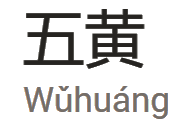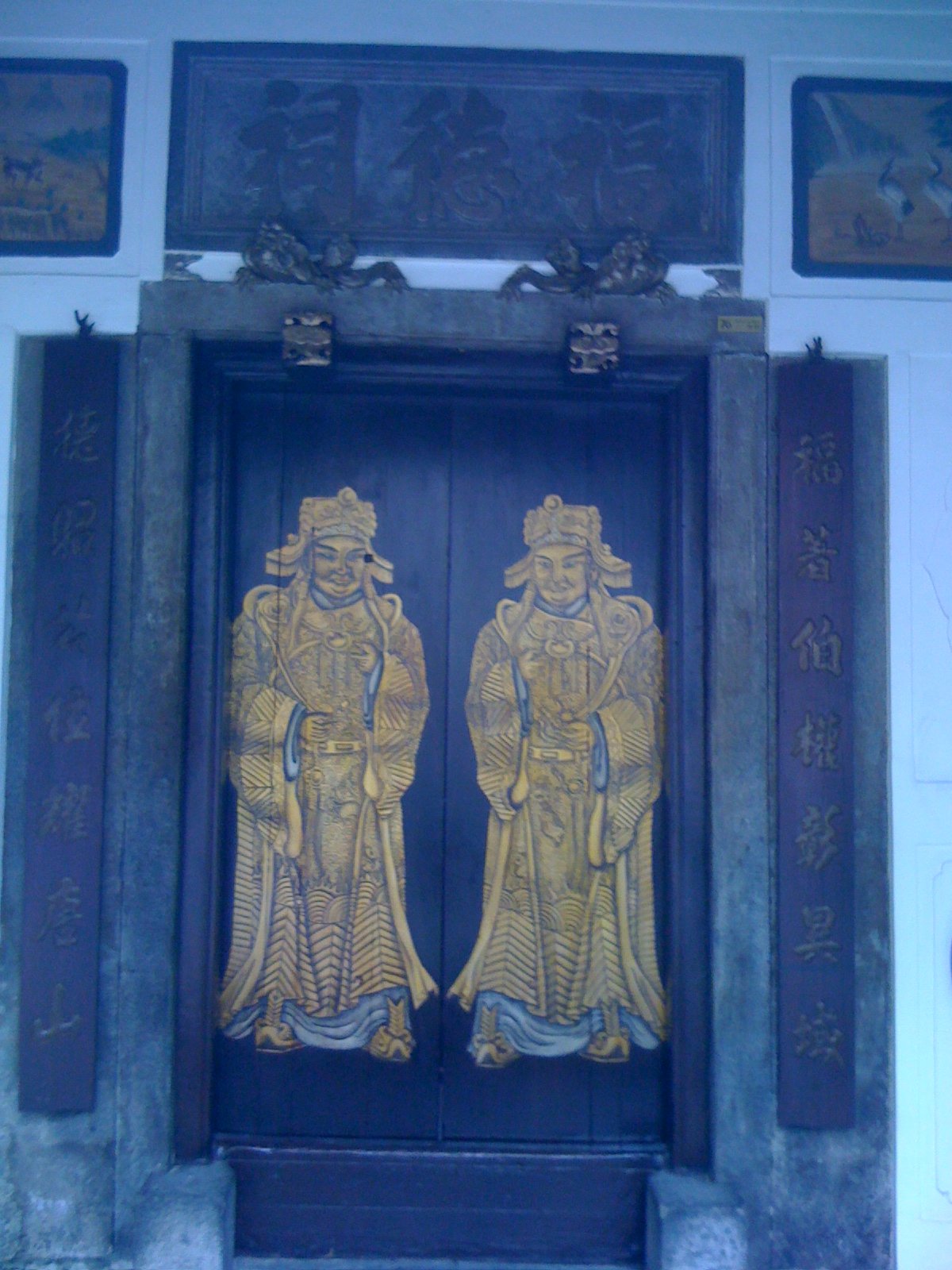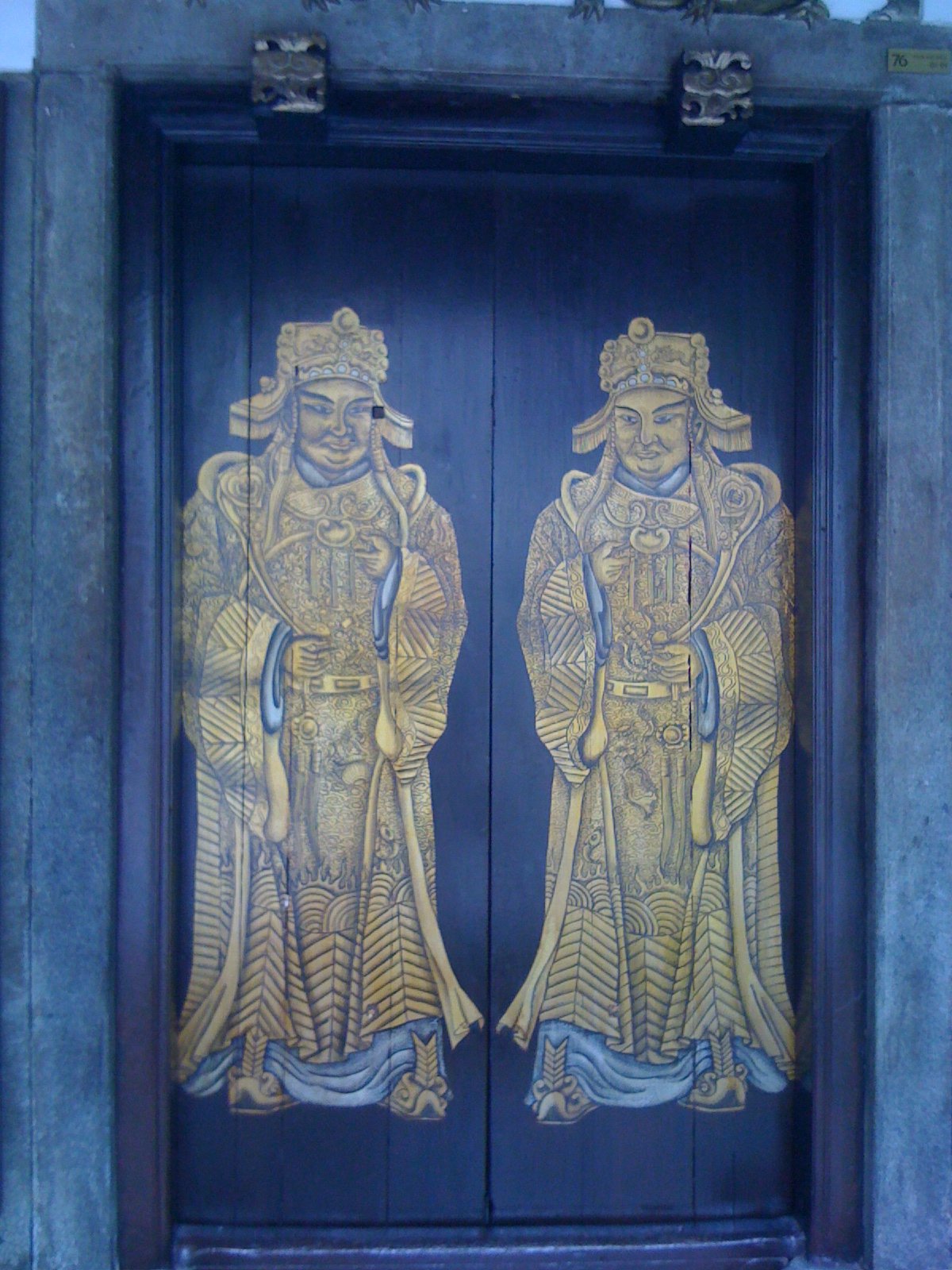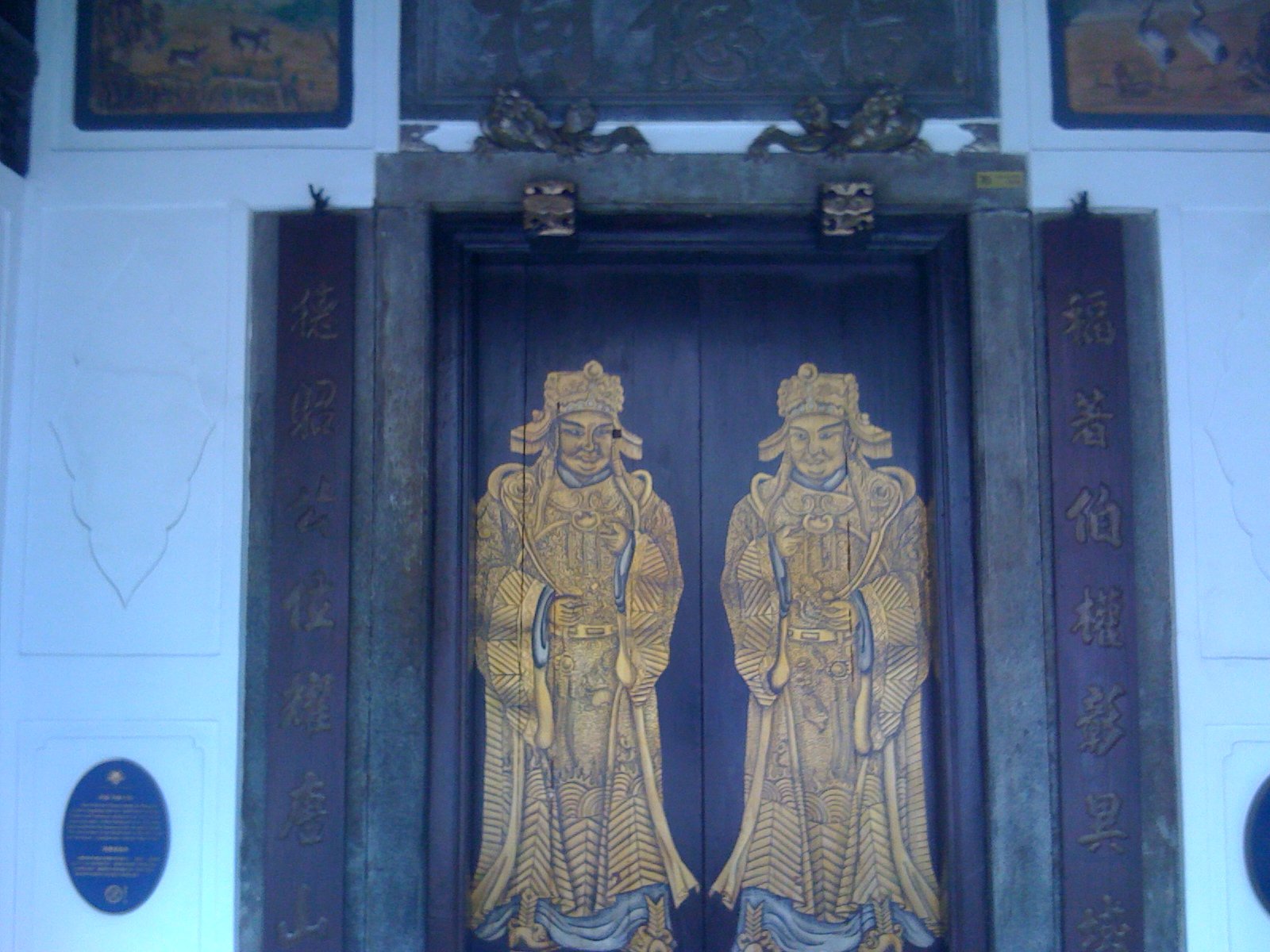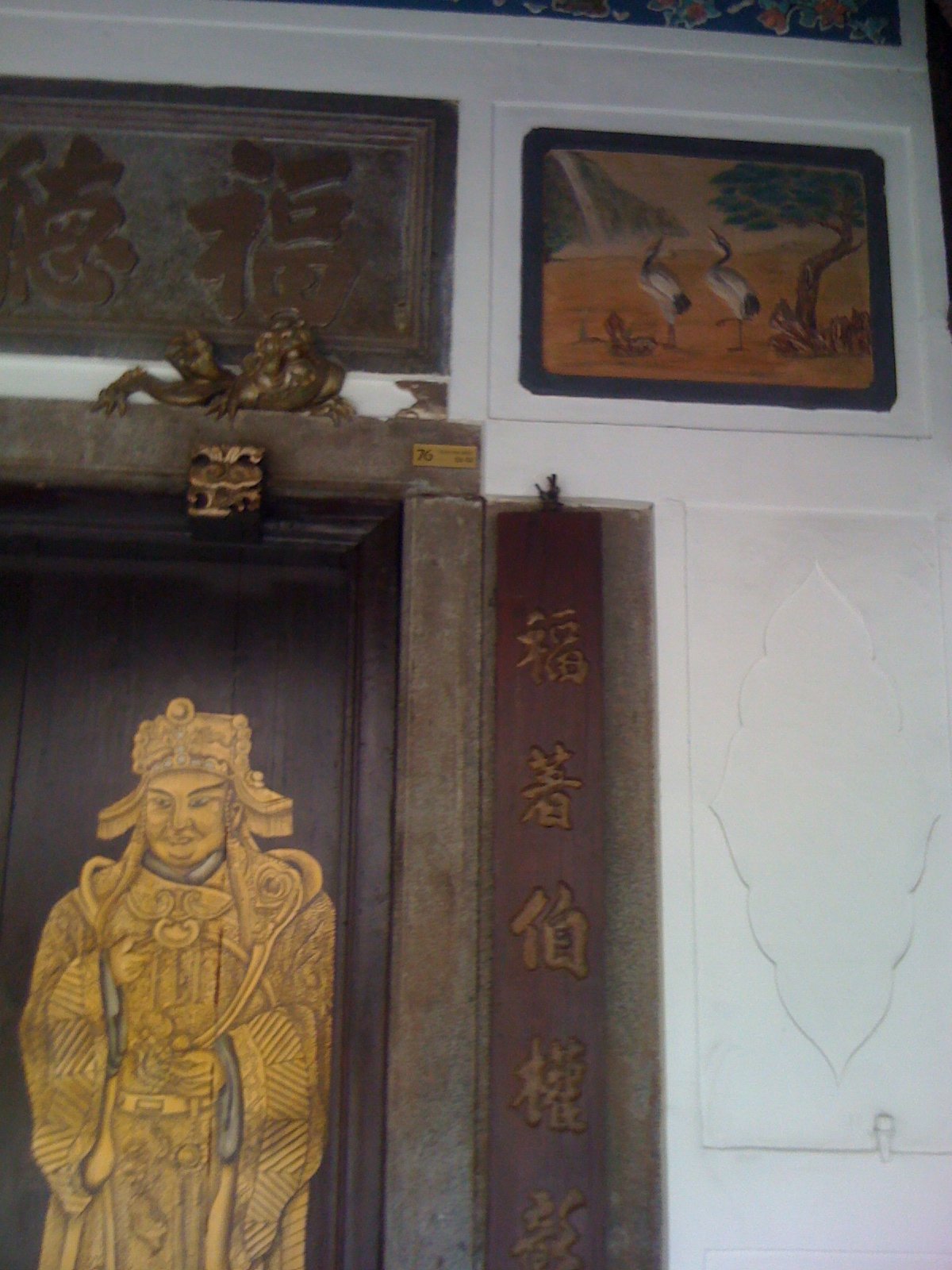-
Posts
38227 -
Joined
-
Last visited
-
Days Won
139
Content Type
Profiles
Forums
Blogs
Events
Gallery
Store
Articles
Everything posted by Cecil Lee
-
In this family company; the secretary of the company is in-fact the wife of the owner. Who better to understand the mood of the owner than her rite? Thus, each day, before the owner (boss) steps into his office; she will select one of the modes of his mood:- Button: 1 He is in excellent mood 2 Don't step on his toes.. else... he will be in a good mood 3 He is in foul mood, today! Stay Clear! Actung!
-
1. In all rooms (including bedrooms) if we do not turn on the fan or air-con to circulate air; then it is best not to place a bed-head between the corner of the bedroom. 2. Here, if there is not much air-circulation; this is the dead qi area.
-
Anonymous wrote: And is it true that pregnant owner cannot step into the flat at all (even for the ritual) until it has been fully renovated or she has given birth, whichever later? 1. Symbolically; the Chinese custom has more to do with the bedroom bed. Here, there concern is that if a pregnant lady gets to see the bed MOVED; it symbolises "mis-carriage". 2. Thus, usually, the Chinese is particular with the issue of the bed. Many often buy a new bed at the new (re-sale) home. While others make sure that the pregnant lady is not around when the bed has been moved and subsequently do not enter that "existing" bedroom anymore. Anonymous wrote: I heard today that I've to perform some rituals and have to choose a date and timeto step into my new resale flat for the very first time after getting my keys. Is that true? If true, does geomancynet provide such services? I'm going to engage geomancynet to do my house audit, wondering if it can happen on the same day, two birds with one stone... 3. It is a standard practise for our clients to be given auspicious dates for the first-time opening of the main entrance door. (This can be distinct) from the day one gets the key say at say the HDB office. 4. Most of the time; (countless number of times)I have assisted many clients with their first-time open door procedure. I usually help out the process and later, go in after the ceremony to take the compass reading during the first visit. The 2nd visit is usually the next week to discuss on the proposal(s) that I had worked on.My contact number can be found on the header of any of geomancy.net's webpage.
-
Csar Ritz (born 1850 to 1918) was a famous founder of several hotels. Notably, The Hotel Ritz in Paris. In short, there was a hygiene scare when the hotel opened. During those days the hotel has valvet wall paper and heavy drape curtains and shared toilets. WhenRitz tookcharge of the hotel; he made sure thateach hotel room hasit's own toilet. (At that time, most homes only have a shared toilet). He made sure that hygiene was a top priority and hemake sure that the walls ofeach room were white-washed and atthe same time; he got brass beds installed in each of the hotel room. His purpose for installing brass beds? To him, it is washable and more hygenic thanany other materials. More about the man... http://en.wikipedia.org/wiki/C%C3%A9sar_Ritz
-
Please re-read my illustrations. I believe, they should be clear enough. Furthermore, the cure most likely in your case is "mentos" sweet will do.
-
Unlike most probably your "pseudo" poison arrow; if you look carefully, in the attached picture, it shows a classic poison arrow aimed towards the windows marked in "red circle". This picture was taken at the lift lobby of the recent completed3 @ Sandilands small condo :- http://www.streetdirectory.com/asia_travel/travel/travel_id_1/travel_site_91434/ Fortunately this side of the triangle roof of the landed property was aimed at 3 @ Sandilands lift lobby (no big deal). However, at the other end as circled in RED, it is aimed at one of the windows of a unit at Breezy Mansion.
-
These are some of the considerations:- 1. Please refer to attachment: poison arrow1.jpg and poison arrow2.jpg. At least if a home or apartment is "attacked" by a poison arrow from another building's triangle roof; one should normally see a real triangle. Much like the two attached photos. 2. Frankly, your photo is still not the best photo as the shot seems to be taken at an angle much like under this illustration: Not Poison1.gif 3. Thus if one does not see a "full triangle" = poison arrow; likelyhood it is not a poison arrow as it does not aim DIRECTLY into your window. 4. Thus, yours is more likely known as a "pseudo" poison arrow... than anything else. The best cure for this situation? "Perhaps, one might like or consider swallowing a sugar coated (sweet) as some sort of a cure aka pill e.g. Perfetti - Van Melle Candymentos.
-
1. Generally, real estate is regulated and can be considered more as a "profession" i.e. although is own "boss" but not really abusiness person or entrepreneur. 2. In addition, the difference between a businessman and a real estate agent is that an agent needs to pass some test to get a licence of sorts to practise. While we don't see a businessman getting a licence to become one. (Unless one is in North Korea and even so, may be executed for being a captalistic pig then anything else 3. As real estate belongs to the earth element; goes better with weak earth person, weak metal person or strong fire person. 4. Good Luck!
-
Not if you are living on one of the highest point in the area! How about a bolt of lightning attracted to the brass bed? However, meet this professor! He believes his variant bed is the best in the world:- 1. His bed has brass legs which is termite proof! And in addition, he grounds one of the legs to the "earth" socket of his wall plug. 2. His bed has anti-dust mite protection! 3. By the way; he does not sleep on this bed. This bed is for his patients. And yes! You guessed correctly! He is a well-known SHRINK!
-
These are some of the considerations:- 1. There are two sides to assessing the Feng Shui of a home:- 1.1. Shapes and Forms Feng Shui 1.1.1 Here, location, location and location plays a very important consideration. 1.1.2 It is often said that there are more millionaires staying on the ground level or floor. Firstly, some even have control over the way, their home is constructed etc... 1.1.3 Sunlight. 1.1.3.1 Some people are shocked to learn that simple things like sunlight or no sunlight or filtered sunlight or direct sunlight has a bearing on Feng Shui. 2. This is why in some newspaper advertising; without considering how well the home suits a person say based on the Eight House concept; the home is advertised as a North-South facing... which guarantees only filtered sunlight and no directly sunlight to the home. 2.1. Under this area; even if a home or apartment faces "west"; some are "lucky to be blocked or shield somewhat by another apartment some are not so lucky. 2.2. The worst senario is that if the surface area is unblocked and facing the afternoon sun; often, the heat can ooze out from the wall for several hours in the evening ... furthermore, some bedrooms are facing the afternoon sun e.g. children need to study.. In such situation; how often can everyone affected turn on air-con daily? While a fan does not help as it simply shifts the heat around in say the bedroom. 3. The other "half" of Feng Shui uses the compass to take a reading. The Compass School of Feng Shui has two concepts:- 3.1. The Eight House concept = mainly how suitable the house is to the person 3.2. The Flying Star Feng Shui = determing the facing direction of a home and plotting a "birth chart of the home". 4. Your question, from the compass school Feng Shui point of view is considered vague and a big huge question mark. 4.1. Here, the Flying Star needs inputs like: when your house was born or built ... and other variables such asthe EXACT compass degree : not just west but the compass degree is say 271 degrees. 4.2 Under this concept, it is no use saying it is a "west" house. But rather my home's facing direction is: 271 degrees. 5. If you intend to D.I.Y. (Do it Yourself); frankly, no one can help you but yourself. 6. This "part 2" of Feng Shui: the compass school, you need to help yourself into the intepretation and analysis of all of it. Many do the next best thing; get paid help from any competent Geomancer.
-
The free auspicious dates report at: http://dates.geomancy.net already stated: "as it is". Anonymous wrote: Hi Master! I will like to check what is auspicious time for me (1981 Roaster) and my hubby (1980 Monkey)to open door to our new house on 08/06/2010? Able to advice?
-
Further to what I had mentioned; these are some other considerations:- 1. Even if we do want to collect statistics on how many own brass beds and then split up; the statistics can be misleading:- 1.1. For example, a young couple; having to secure loan on their home; car and have max their credit card.. Yet, still use credit money to buy the brass bed. Some brass beds are not cheap as compared to wooden bed. 1.2. It is a well known fact that "couples" in $$$$$ debt; have a high chance of split up! 1.3. Compare the same queen sized bed at Ikea with a similar brass bed and the price difference is quite huge. 1.4. Some Geomancers; blame of all things: crystal's screwed onto the brass bed as being incompatible to having "water" in the bedroom. 1.5. For the Chinese; it is a well known fact that many Chinese don't like some of the or in-fact most of the traditional brass bed-head design as it looks liek the profile of a Chinese casket. 2. Thus, brass bed is relatively new "invention". China has a 5,000 year history and for most part of it; even when one goes to visit the forbidden city; the emperor's bed is made of carved wooden bed and not brass bed. 3. If I stay in a high spot and prone to lightning strike; I won't want to sleep on a brass bed for heaven's sake! Don't want to be first in the world to get strike by lighting on a bed... 4. There are many more examples.. on the brass bed vs wooden bed... 5. One thing is for sure; Singaporeans especially youngsters or those who started owning their first home and doing Feng Shui; I have yet to come across any of these 1,000's of clients having a brass bed. 6. As I mentioned; newly married have a responsiblity in managing their finances. 7. However, it is not the same for middle aged clients. Under this category; I do encounter like: roughly1 out of 80 having a brass or gold plated bed. 8. Here again; commonsense prevail that thesegroup under Para 7;in Singapore, have sufficient cash reserves and more importantly; their children had grown up. and thusthere is no more young children to jump up and down their bed... 9. For safety consideration, if given no choice; better to get hit on the head by a wooden structure than by brass... 10. Lastly, given an elderly person like myself; I would weigh the consideration: If I am living near a water position such as a canal; there is a higher chance of termite infestation... 10.1 Either, I would invest in a solid good quality bed.. that has been treated against termite or here, no choice - a fail safe "brass type" of bed. Have you heard of termites attacking "brass beds?" 10.2 In such a situation (termite attack) I would not even consider Ikea furniture... just imagine having a good night rest and suddenly, the whole bed drops down on the floor... Worse still those beds where you climb up to sleep and below you is the work area... 11. There are lots more... I can think about.. this issue of "brass bed".. but... there are better things or quality time to be spent on other areas. 12. Just use your imagination and I believe... one can up with lots more...
-
These are some of the considerations:- 1. Long long time ago; beds are commonly made of wood. Even with the wealthy; wood beds are the most common if not the "only" material used. Given that other materials e.g. metal is either rare or not in-use many centuries ago. 2. Conductivity: 2.1. The idea, here is that wood is a poor conductor of both heat and cold. This is why; the preference is to use parquet flooring in many "luxury" homes. 2.2. In Singapore; 99.9 percent of all condo bedrooms use some kind of wood: be it parquet flooring or layered wood surface. Why? 2.3. The simple idea is that in the morning; when "barefeet" when we wake up and step onto the floor; it should not be "stone-cold". Everyone in the west or cold countries do understand this. That is why, some use carpeting and or even heating built into the floor. 2.4. Some practitioners "put-two-and-two" together and have the idea that a brass bed is no good; because; it cools down relationship: as metal is a good conductivity of cold or heat. 3. Frankly, this idea is relatively new concept since brass bed is only more common from the 1950's onwards.. Else, if it is in the 1940's for heaven's sake; metal was melted to create war machines or bullets to kill the other guy. 4. In war times; citizens of Britain also hand over metal objects to be melted down. And here; whoever sleeps on a brass bed is either thick skinned or truly too anti-war person. 5. In my opinion; if one analyse carefully, only the main structure of the brass bed is metallic; many of the support "spring" uses pieces of wood to support the matress. 6. Look at it this way; it is not like one is sleeping "on a bed of nails" or something like that. Other than the legs and the bed-head brass outline; other parts are mostly hidden from view. 7. I personally feel that toying around with 50-50 whether it is good to use or not to use the brass bed is only a very small issue. There are better things to do! 8. The other argument to counter the senario by some that the brass bed is "cold" so it will cool down the partners sleeping on the bed. Here, one plus point is that at least one has metal in the bedroom. And metal element is suitable to neutralise many bad stars e.g. #5, #2 etc... 9. Frankly, there is no right or wrong answer, here. Perhaps, if one is too free; then may conduct a survey with divorcess e.g. One question asked is: During your previous marriage; what type of bed are you sleeping on? Multiple choice: 1. Brass bed 2. Wood bed 3. sleep on the floor 4. sleep with someone else... forgot what bed it was...
-
1. Please note that there is a free next 30 Days auspicious dates report at this URL: http://dates.geomancy.net 2. Since the dates provided are individualised to the person; it can be used for e.g. move-in or start of renovations. 3. From the resources under this link:-http://www.geomancy.net/resources/yearly-forecast/fortunes-2010.htm Take note the following sectors:- Sickness Star this year is at North-East Misfortune/Sickness Star this year is at South-West Disputes/Quarrel Star this year is at South Education/Romance Star this year is at North Grand Duke this year is East-North-East, 60 Degree. - Avoid sitting facing the grand duke or disturbing him by having renovations. Location in Conflict is North. - Avoid having renovations done opposite the location in conflict
-
These are some other considerations:- 1. The lowest common denominator: The Five Elements Concept. 2. The most powerful "Holistic Approach to Feng Shui" is what is known as Ba Zi Feng Shui with Flying Star Feng Shui. 3. Why? 4. Ba Zi's lowest common denominator is: The Five Elements Concept. For example: an individual can be classified as say: weak metal or strong metal; weak water or strong water; weak wood or strong wood; weak fire or strong fire and weak earth or strong earth. 4.1. Belonging to each of the above is distinctive from each one or the other. 5. Flying Star Feng Shui's lowest common denominator is also based on the Five Elements concept. Here e.g. #6 = strong metal ; #7 = weak metal etc... 6. The most powerful "Holistic" approach is applying both concepts. 7. Even a house facing can be classified as an element. For example a south facing home can be considered as a Fire element. 8. In the past, I had already uploaded a sample of "House Hunting Report" which has this ba zi element with house facing based on again the Common Lowest Denominator: The Five elements concept. 9. Why Ba zi Feng Shui vs Eight House (East/West) Group 9.1. This thing called the Eight House (East/West) group uses mainly the person's Year of birth to determine whether one is East or West. Contrast this to the Ba Zi: where at least DD MM YY and HH (non compulsory) is used. 9.2. Thus, based on Feng Shui concepts; many masters would often say that between Eight House or Ba Zi; Ba zi should be the more accurate method and if there are both methods; Ba Zi should be the 1st choice method. 10. However, as I had mentioned in my last message; the main flaw of Ba Zi Feng Shui is not really the flaw of Ba Zi but rather not all Ba Zi analysis are created equal. 11. For example; in my opinion only 3 out 10 Geomancers can get a person's ba zi element and strength correct! As the saying goes " garbage in garbage out". There is vast difference of a person being a weak water vs him being correctly analysed instead as a strong water person! 12. The reason why many geomancers get their ba zi analysis wrongly: FAQ: Ba Zi (Lunar Vs Xia), Timezone Etc http://forum.geomancy.net/phpforum/article.php?bid=2&fid=2&mid=23906&new= 12.1 In fact, I had mentioned this before: an internet user tried the ba zi analysis from a "famous author" and found that it differs from this site. A year later, this same user went back to the site and found that the site had changed it's result. And coincidentally, the result was similar to the very first analysis done using our free website service. 12.2 There are still many who were bewildered by different results from different websites. Thus it is this " Ba zi analysis is not created equal by all Geomancy sites ".
-
1. Yes, if one feels uncomfortable about it; do give it a pass. 2. One of most commonsense approach is always to bring family members along and get their opinion. 3. In addition, if one is "late" in looking at a development and when there are few homes left; caveat emptor applies: let the buyer beware of such unsold units/plots! (There can be few gems but more "blackholes" in such units/plots). 3. Good Luck in your house hunting!
-
1. Strictly under the definition of say a house is at a T-junction or in your case an L-junction, the premise is the main concern of the "openings" of the home. 2. Thus the main situation is about the house " or the 4 walls " of the house. 3. More importantly, the main entrance of the home is considered as the "mouth" of the house. Our mouth is very important organ. Thus it has to be protected". 4. In addition, any openings: be it a window or sliding glass doors should also be protected. 5. As for the main gate, "barriers" can be erected or certain materials can be used e.g. overlapping wooden pieces but still let air in thru the slots are ways to deflect or neutralise the qi towards the main door. 6. As I mentioned, one of the key ingredients of Shapes and Forms is "QI". Thus, use imagination to understand things like: an uncontrolled car coming from a straighline towards the home... where will it hit and smash thru the home. 7. If your 4 walls is 15 metres away from the main gate; it is a plus point. 8. It is good that you mentioned that yours is a RHD country. But on your own, you need to perhaps, sketch out arrows of how cars flows in relation to the main gate and more importantly where is the four walls and main door /openings. No doubt you had mentioned this but just looking at the current sketch.. is like the Chinese saying " catch no ball" or Hokkien : "Lia bo Qu "... literally ......... cannot fully comprehen the too simplistic sketch.. 9. The smarter way is to use technology... some use things like the google map... which does show clearly... 10. As I emphasised: in recent messages: Just imagine a run away vehicle (car).. which goes in a straight line towards house X. Where will this car smash thru? 11. Things can't get simplier than this as a simple test of whether a home is affected by the house at a "T-junction" or your "L-junction".
-
You can check out this write-up by Robert Lee, Geomancy.net:- Traditional & Modern Wedding Procedure:-http://www.geomancy.net/info/wedding-procedures.pdf As we Chinese have so many provinces and dialect groups; there are also many variants of Traditional Chinese practises. However, Robert Lee, has written this article many years back to give one an insight into the most common and typical Chinese practises. For example, selecting say a woman who is "barren" (no child) to a woman who has given birth to lots of child; the natural choice is to select a woman who has given to lots of (healthy) child as a helper is the obvious choice. Thus all these has to do with symbolism and feel good factor. In some practises, some dialect group asks for a healthy boy child to roll over the bed as the preference is for a healthy boy than a girl! To carry on the name of the family etc... Again, there is no "bible" or truly what is right or wrong, here. So long as the advice makes sense (not stupid) then go ahead with it. Certain cultural as additional practises. For example, traditional Teochews requests for Four (yes 4 types of gold) ... for the wedding. What is more important is to check with both parents. And usually if the grand mother is around; the family would seek further advice from them. Overall, the idea is that both immediate family are happy over the arrangements.
-
These are some of the major considerations: 1. Use some simple imagination: for example, just stand at the main gate area and whenever a car/vehicle comes to "you"; 2. Can you see the car come directly at the main gate? Yes or No? 2.1 If no, then, check whether if it should come in a straight line; does it hit any part of the home. 2.2 For example, you may have a garden without trees and in a rare circumstance, if it does plough into the home does it hit say the living room area? 3. As alast resort; 3.1. How far away the main house is from the road: 3.2. How well "protected' is the main door from the "curved" sha qi of a car coming straight and turning out of the L junction? 3.3. In America, many homes don't have heavily fortified "fencing" and the main concern again is to avoid a car ploughing into the house. 4. Thus the last resort is to build a solid wall that often stops most cars dead in their track. 5. Frankly, although you had sketched it out; but overall, it means very little (unfortunately) as it does not show the way traffic flow : as there can be a vast difference between a LHD or a RHD (by the way LHD = Left Hand Drive and Right Hand Drive)... 6. If in doubt, don't buy it.
-
These are some of the considerations:- 1. Your question in fact has been asked many (many) times in the past. Thus it is not something new. Or something that someone suddenly wakes up having a nightmare of it. 2. For example, there are concepts like these:- http://wiki.geomancy.net/wiki/Master_Bedroom:_Which_side_must_I_sleep_on 3.There are more millionaires and billionaires staying at ground level. And majority of them look, first at the macro Feng Shui. For example, they often get good advice on a home and how to "suck" as much wealth from the environment for their home. 4. Go do a search in the forum for things like "Quantum Leap in Feng Shui". And in doing so, questions like "Oh we now earn the same pay ... da da da di di di " 5. Such things are peanuts when we consider the bigger picture. A home with superior Shapes and Forms can be 100 times better than a home that one argues between " is it better for me or for her? You must tell me!" 6. Statistically; there will always be 50-50 of persons belonging to the East or West group. 7. Go find out more about " Ba Zi Feng Shui ". In theory, if there is a choice between selecting a home using the East-West group; the Ba Zi Feng Shui method is often the superior one. But wait! unfortunately, if you go to 10 Feng Shui practitioners; maybe only 3 can get a person's "element and strength" determined correctly. 8. This is why, it is better to get correct than totally wrong. For example, how hard is it to determine whether one is an East or West group. Because the calculation is close to even Primary 6 grade child can do it; there is less or NIL chance of getting it wrong. But professional Ba zi is uses no less than 6 x 2 sets of interactions of sets of Earthly branch and Heavenly steps to derive the answer. 9. The saying goes: Even if someone coats the interior of one's house with gold; but outside of the house and it's four walls are crumbling... one will certainly not have good Feng Shui.
-
FIVE YELLOW These are some of the considerations:- 1. Frankly, it is so easy to ask someone else: " it is too risky " to stay in THIS BEDROOM. 2. You have correctly coined it "risks". Everything we do, we have to accept some risks. 3. In practical sense, many of us don't own a home with "x" number of bedrooms. Many in fact, have so few bedrooms. And just asking a family not to allow family members to sleep in a room is close to "kicking" them out of the home! 4. Of course, one can say that it is much better than being an "eunuch". But hey, ifthe family has all "girls-team" this statement becomes irrelevant. 5. In my life-time; I have noted comments by some clients who had their homes Feng Shuied before. One "culture-shock" was that some were even told never to use themaster toilet! 6. My GOD! Isn't this worst than being an eunuch (for the male breadwinner) who is suppose tooccupy say the master bedroom? 7. One of the dreaded coloursespeciallyfor a bedroom is "BRIGHT YELLOW".Thus one could reduce the incidencealso by avoiding "warm light" vs "cool daylight" lamp. 8. Risks are inherent in our life! 9. Usually, Feng Shui is not a "doom-all" neither is it a cure all! Everything or every risks cannot be borne on the shoulders of blame on Feng Shui. 10. The main blame is also on human (man factors) like healthy exercise; not staring the computer screen all day long.. And not about all the "rich" food that we consume. 11. Commonsense things like: space clearing; cleaniness in the bedroom; personal hygiene counts. Positive, non-duress or stress - from work can also affect one's health. 12. Modern inventions like air-cleaners or such cleaners cum ionizer's does wonders. 13.If at home, often open windows to let fresh air come-in. Morale of the story? I may consider asking the person who recommends me to "shut-down" my master toilet to become an eunuch. I will challenge him - are you man enough to use the sissors to "cut your joy-stickoff? By the way (BTW); my policy is one for one exchange. You bring one of those; I give you one of those play stations! Fair enough? Kevin K. wrote: Hi, If it is a 9-5 with base 2 (or combinations of them) , it is too "risky" to stay in the room even with metal cure? Kevin K 五黄 Wǔhuáng
-
These are the considerations:- 1. It depends! 1.1. Based on Flying Star theory; one has to determine what 20 Year flying star are at a specific sector(s), first. 1.1.1 Thus if a sector has say star combinations like MS #6 with WS #5 Base star #1 then such a combination just looking at "moving average" of the combination of these three stars - need not use metal cure. 2. If a sector (based on the 20 Year flying star) has #9 with #5 with #2 or combinations of them; then even without looking at the annual star; preventive measures like the use of "metal" cure can be used. 3. Metal cures can also include: grandfather clock or mechanical ones that make "tick-tock" sound or those old Germain mantle clocks e.g. by Junghans or British Smith. Kevin K. wrote: Cecil, 3. But still need to install "metal" cure right?
-
The familar twin door gods common in many temple main entrance door in Singapore... The two guardians...
Forecast
Free Reports
Useful Handbooks Guides
Feng Shui
- Feng Shui Resources
- Fun with Feng Shui
- Photo & Pictures
- Encylopedia of Feng Shui
- Singapore Property Review
Chinese Horoscope
Palmistry
Feng Shui Consultation
Services
Order & Download Forms
Main Navigation
Search









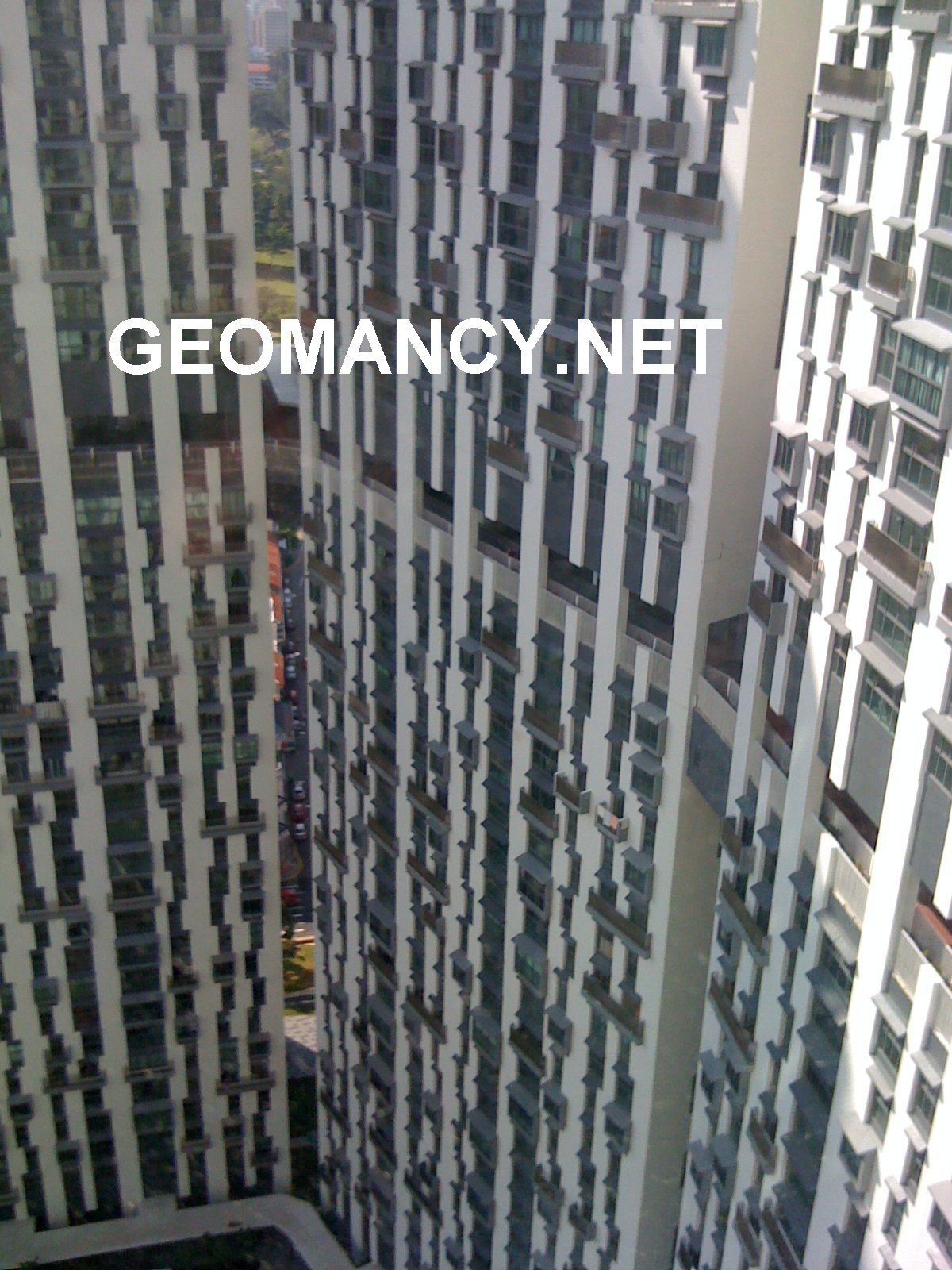
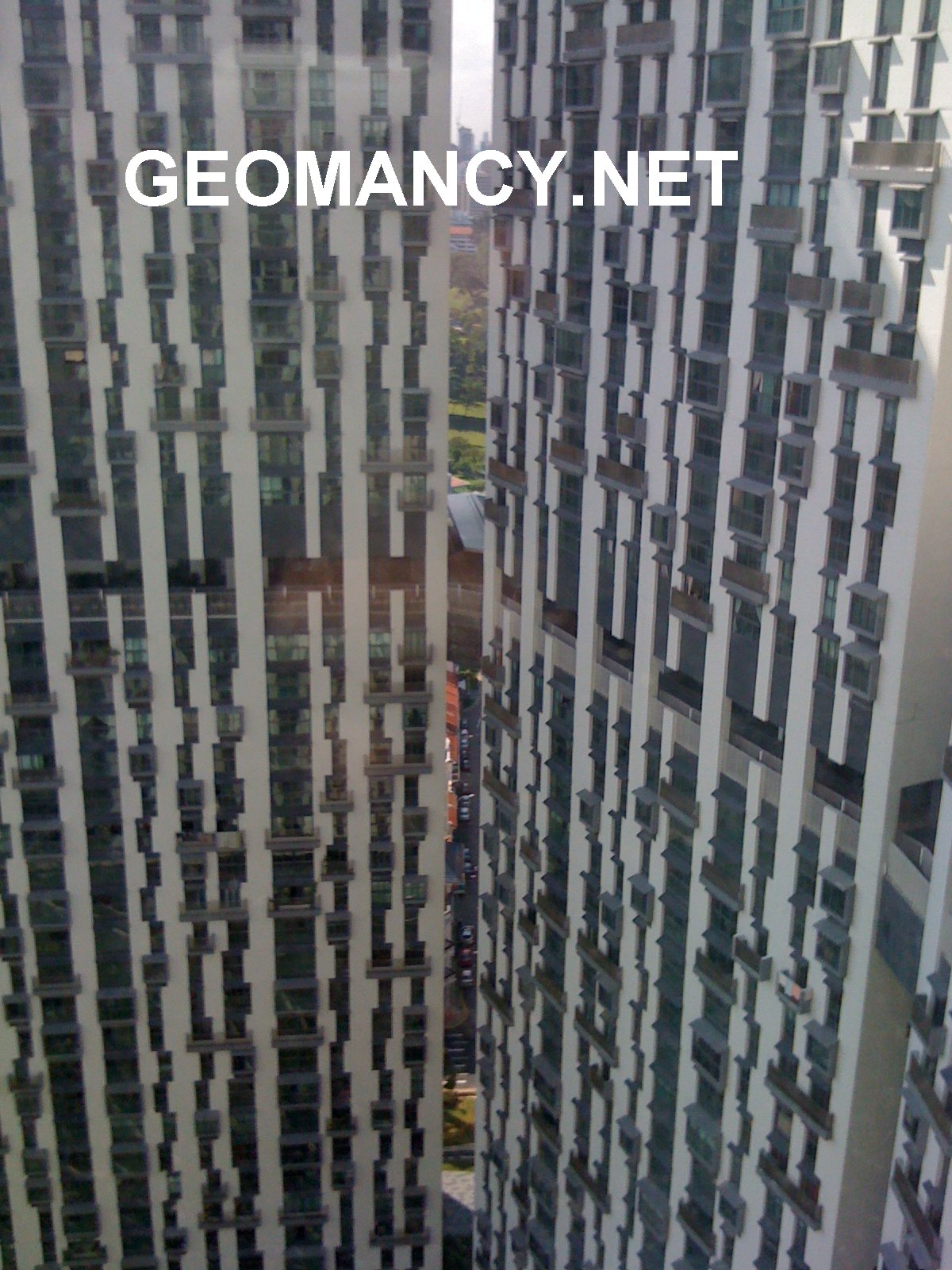
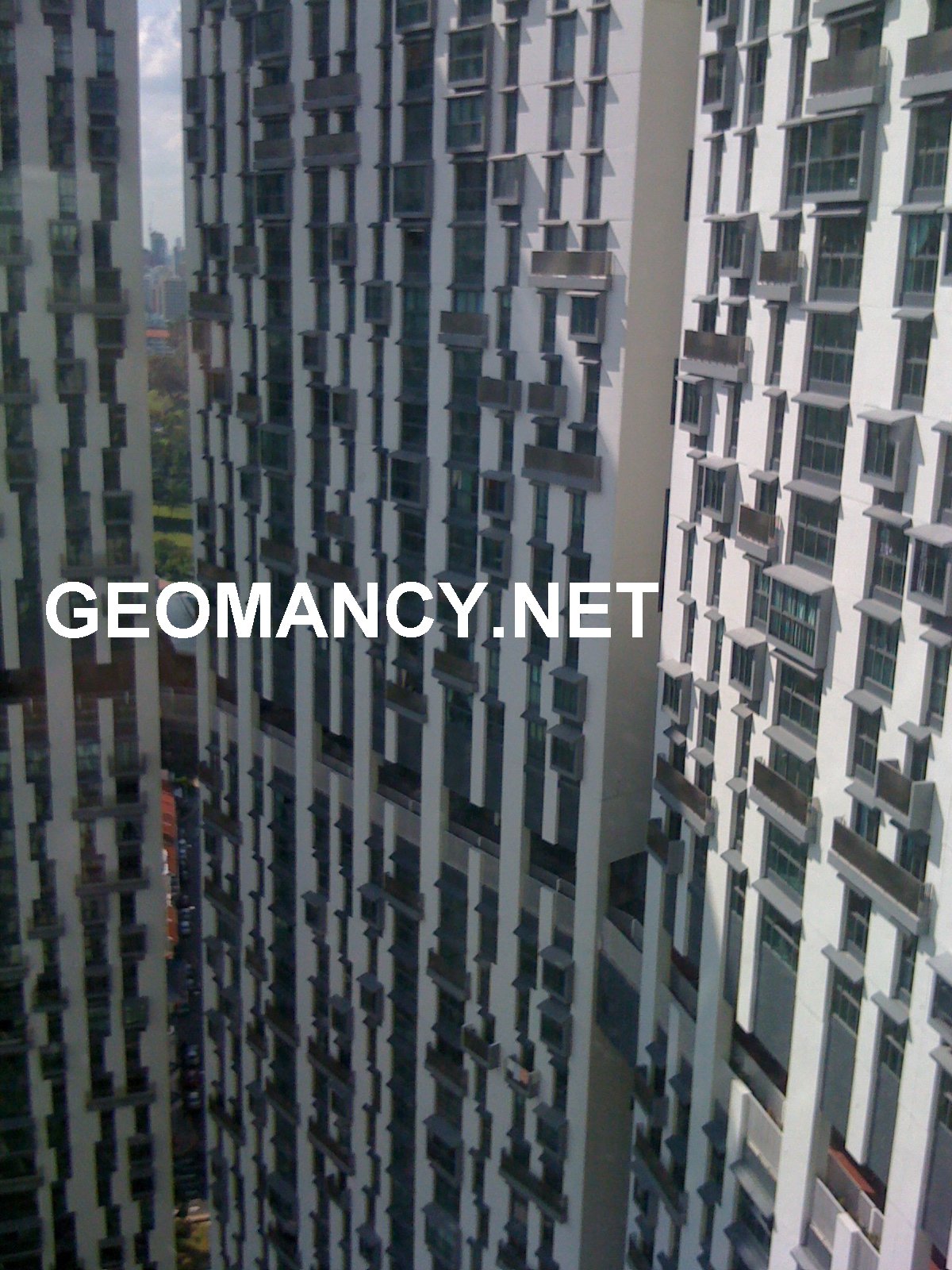
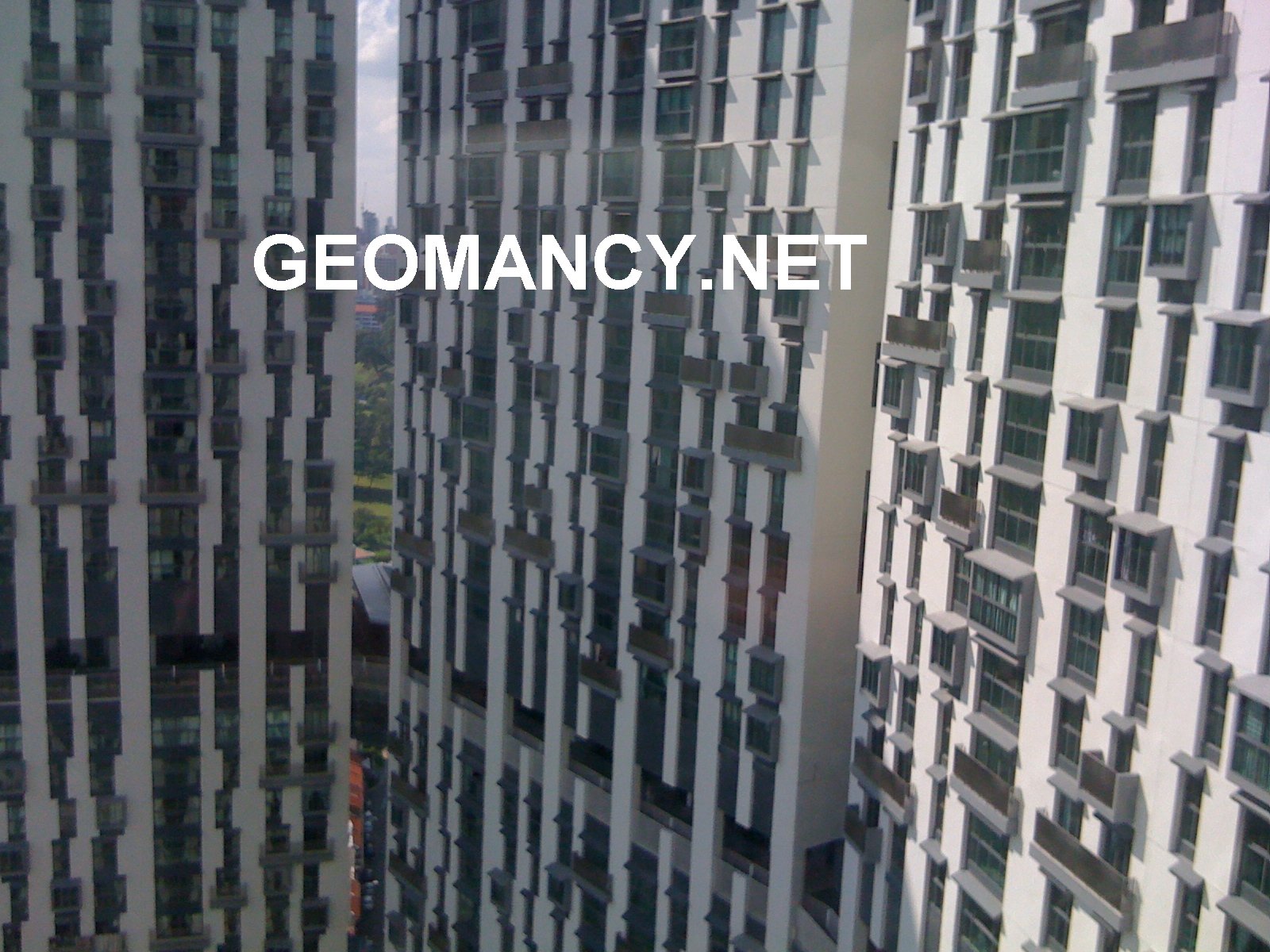
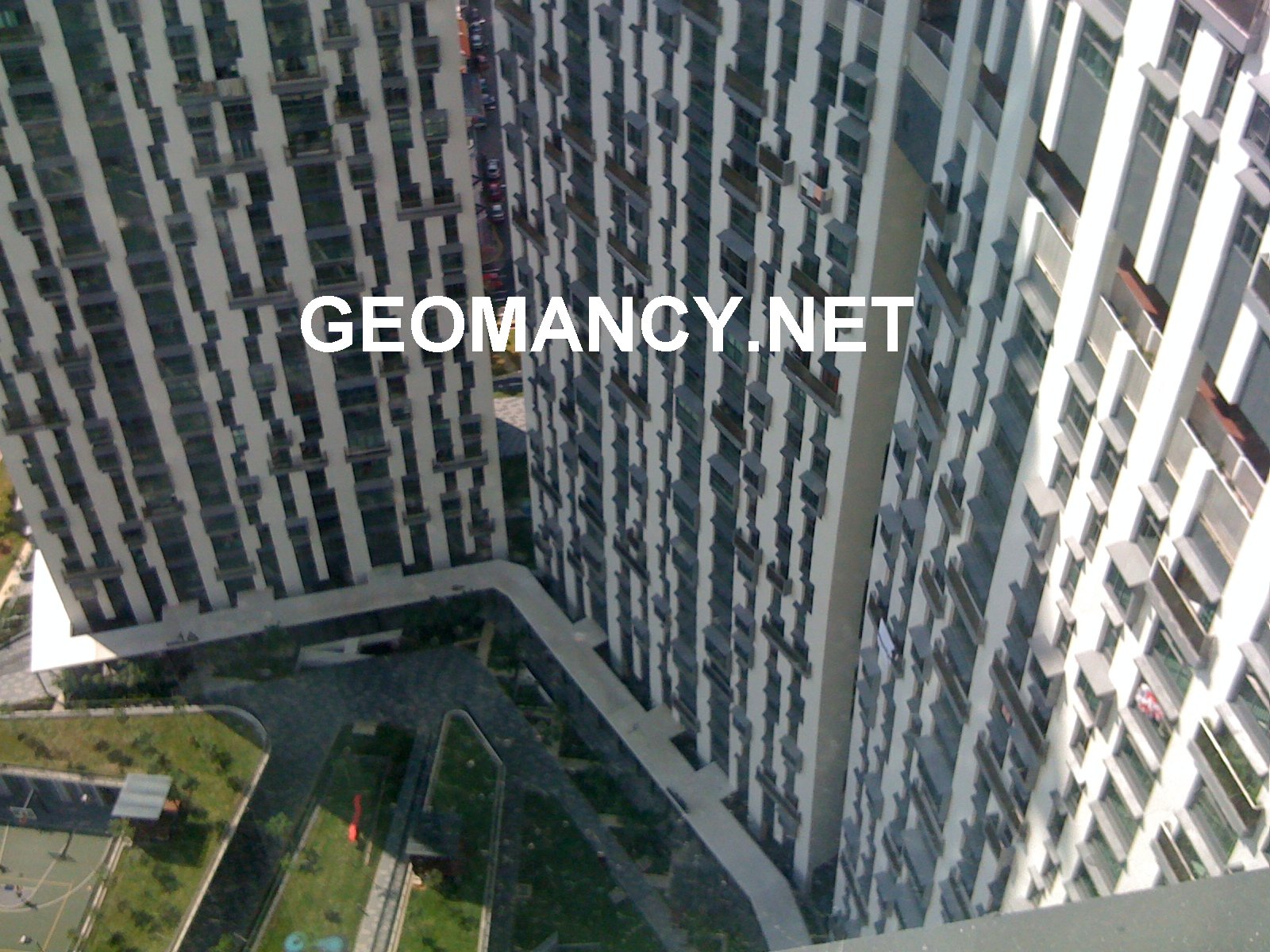
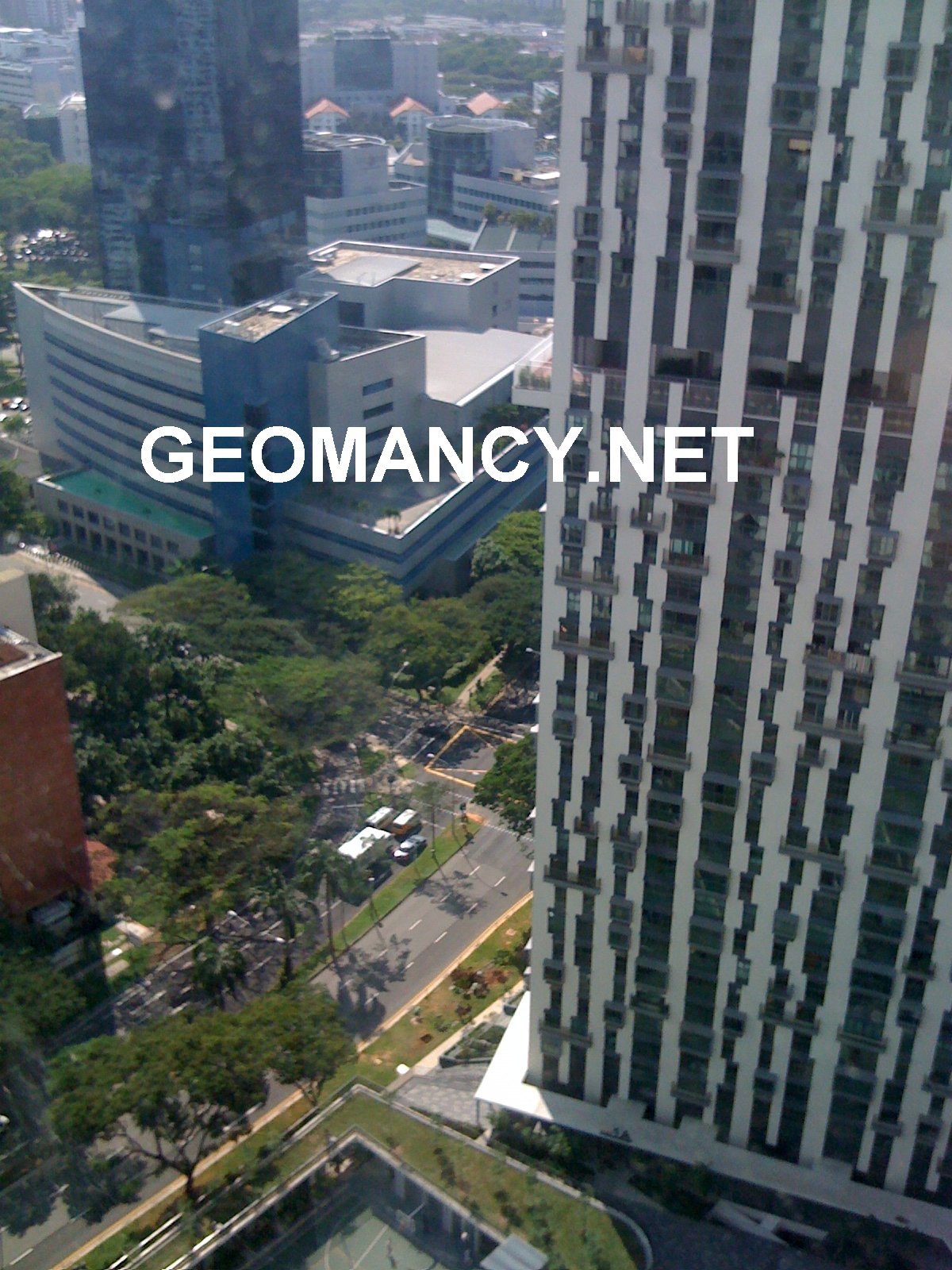
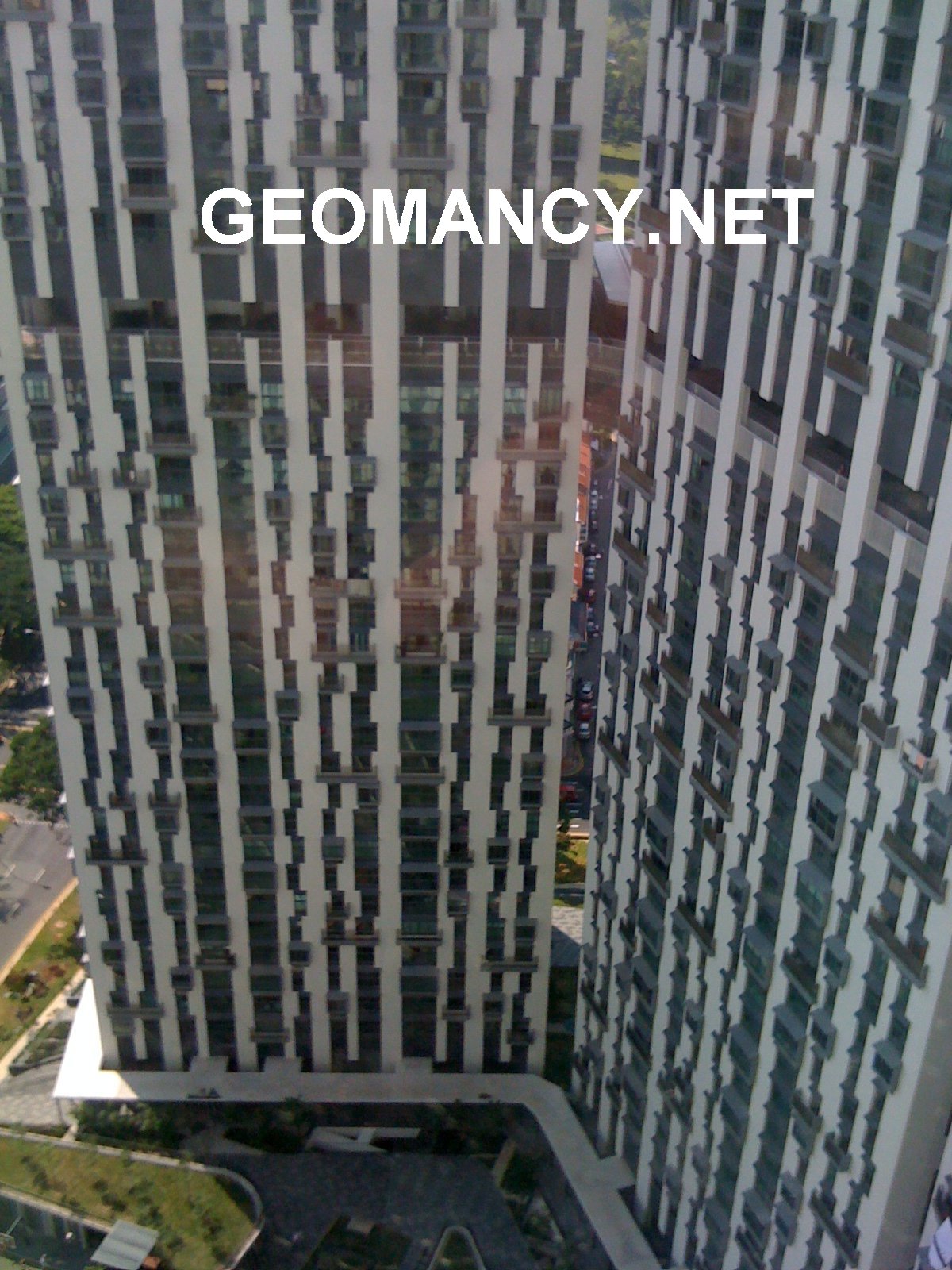
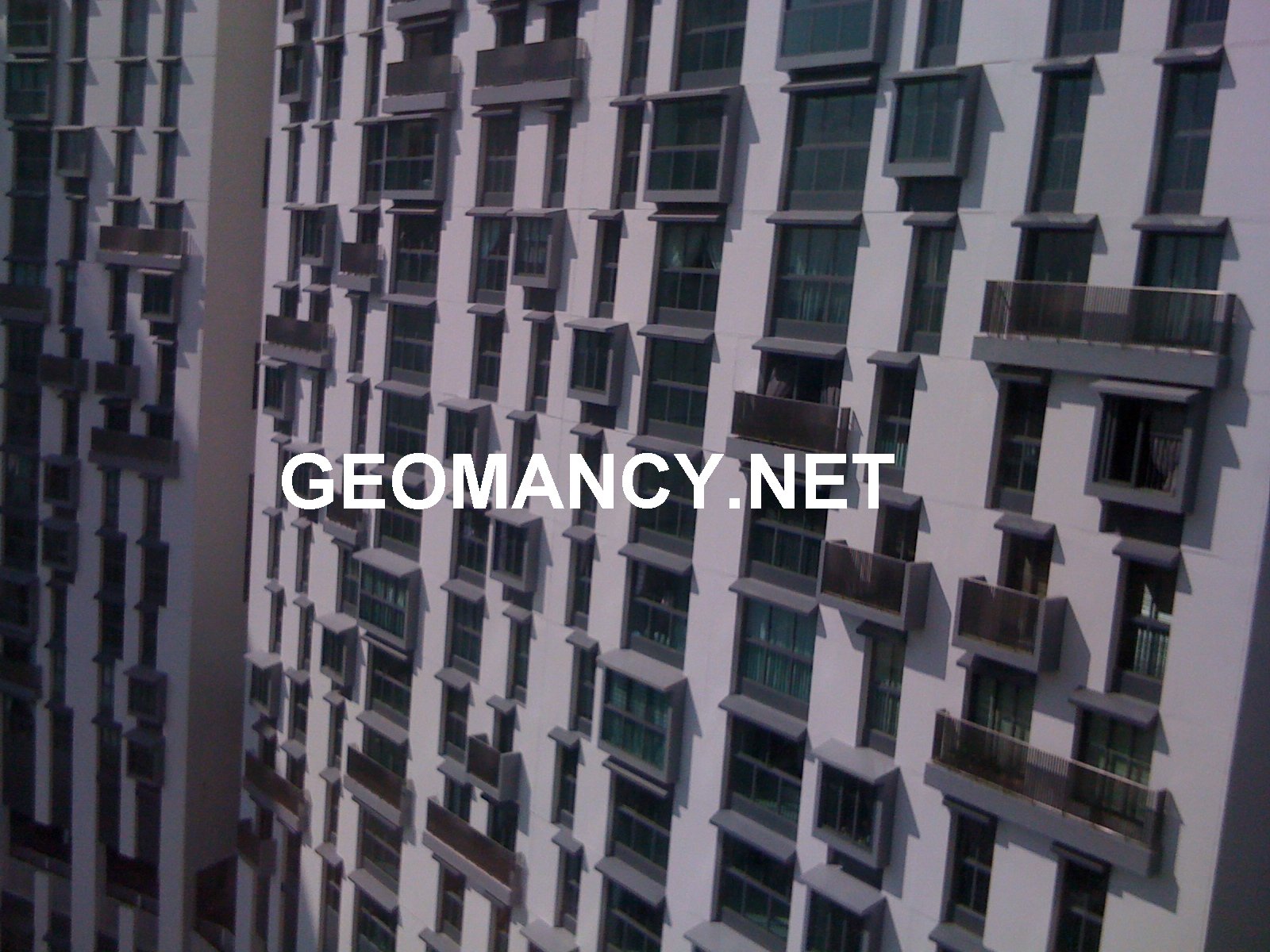
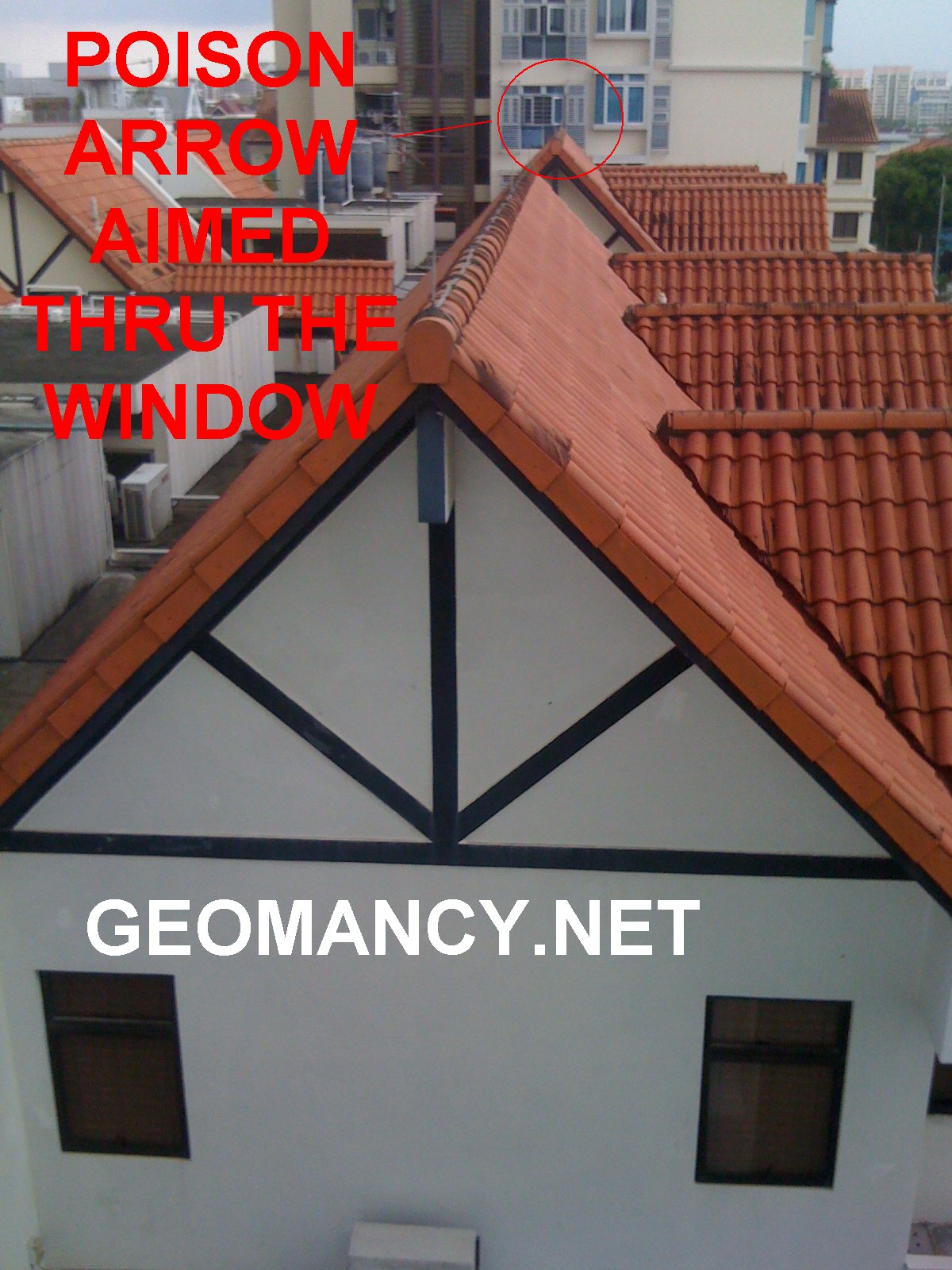
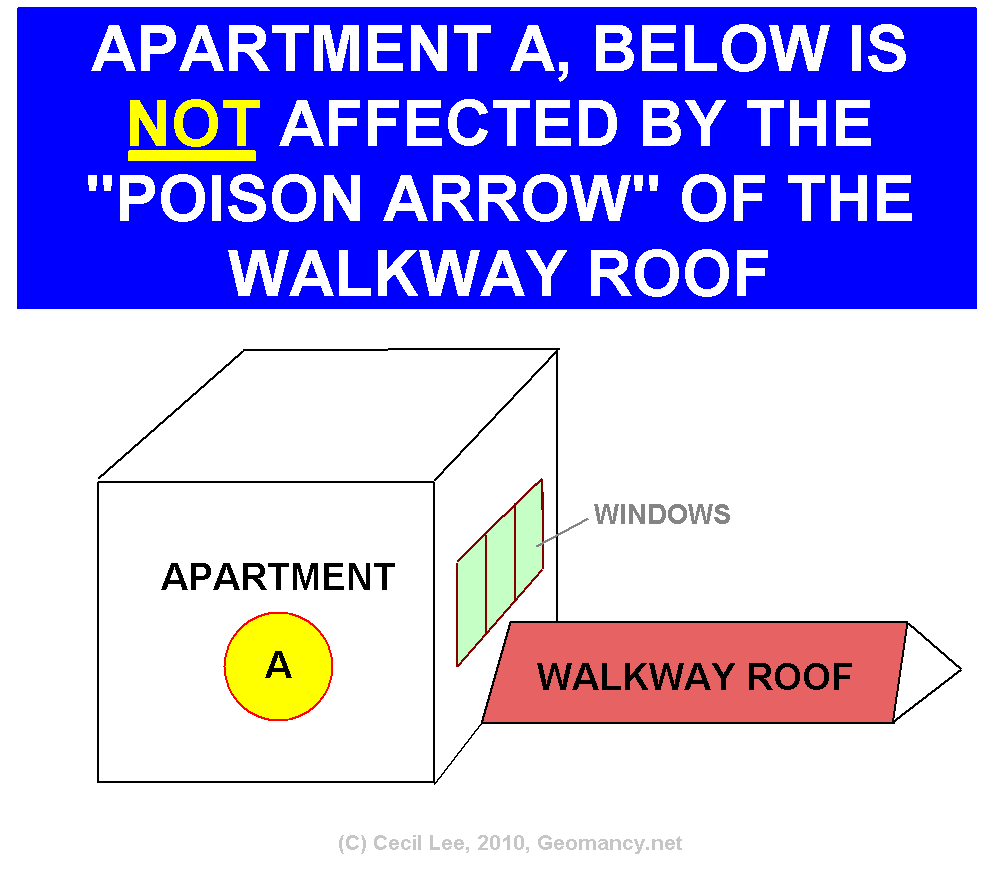
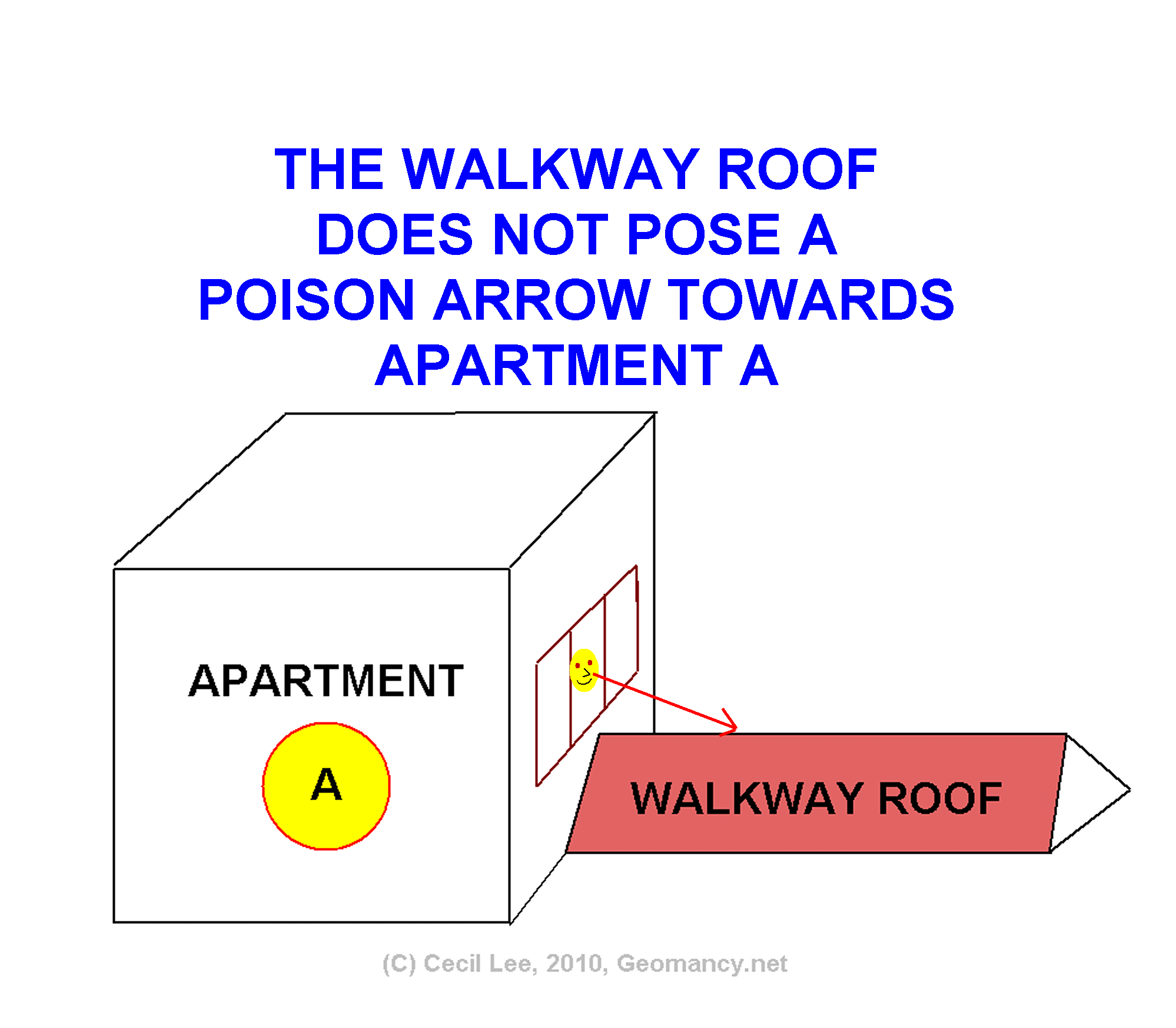
.jpg.69960cb1642e71f567eb95ae96ee9f68.jpg)
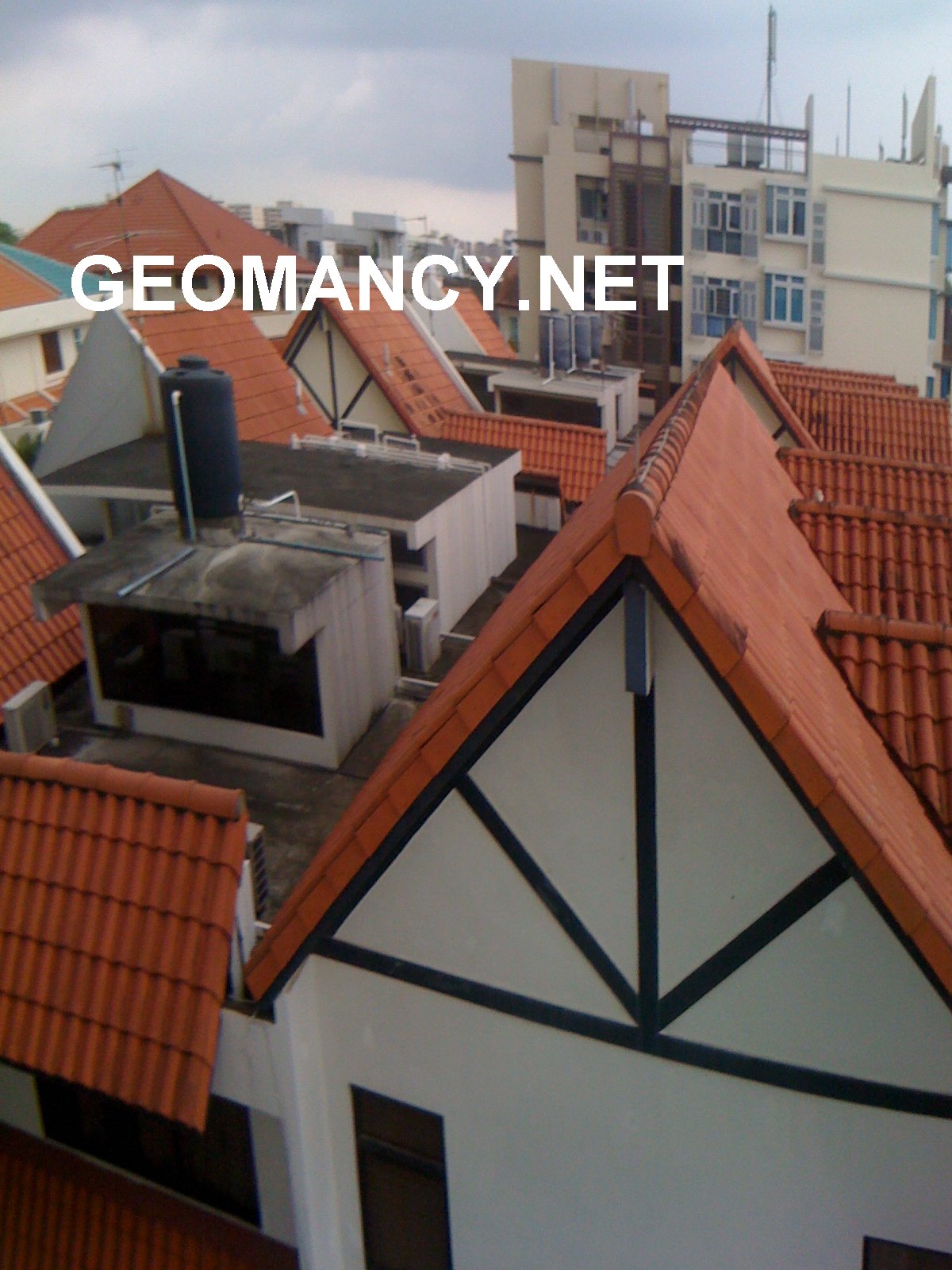
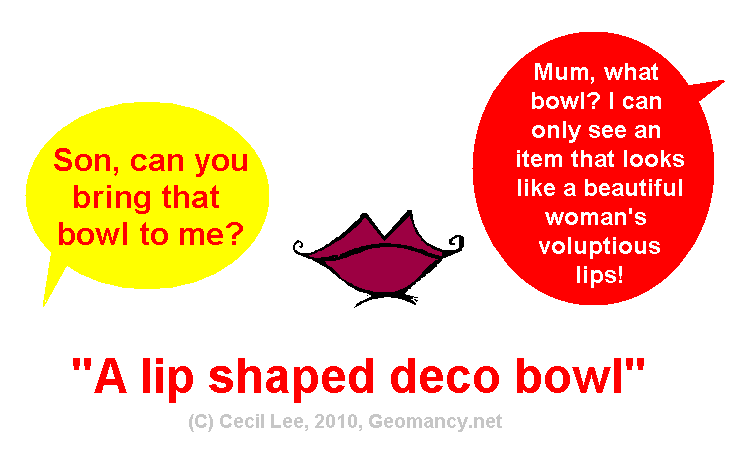

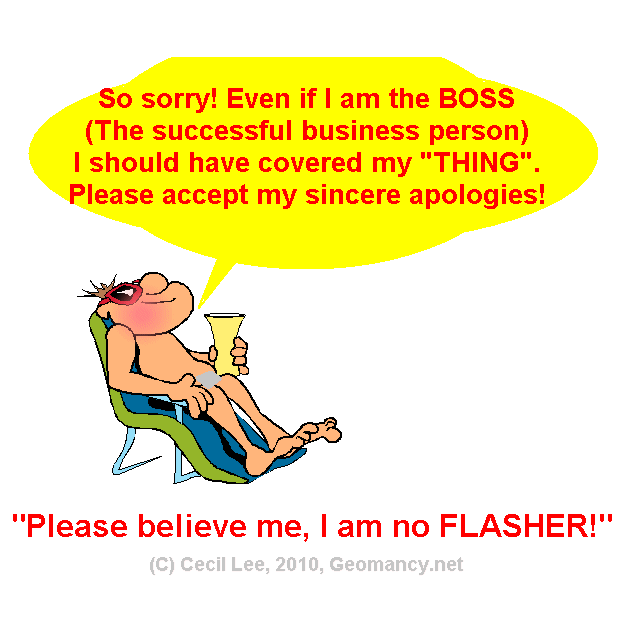

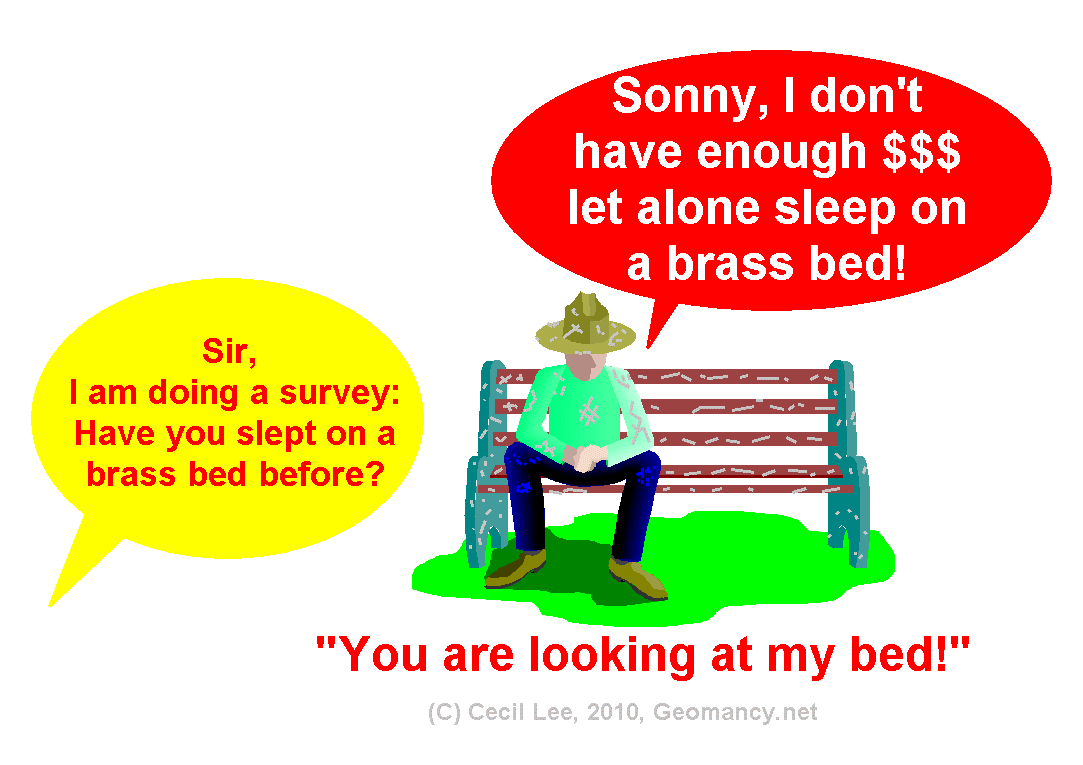
.gif.d350e49b19958d43c73c3c1c7ed205ed.gif)


